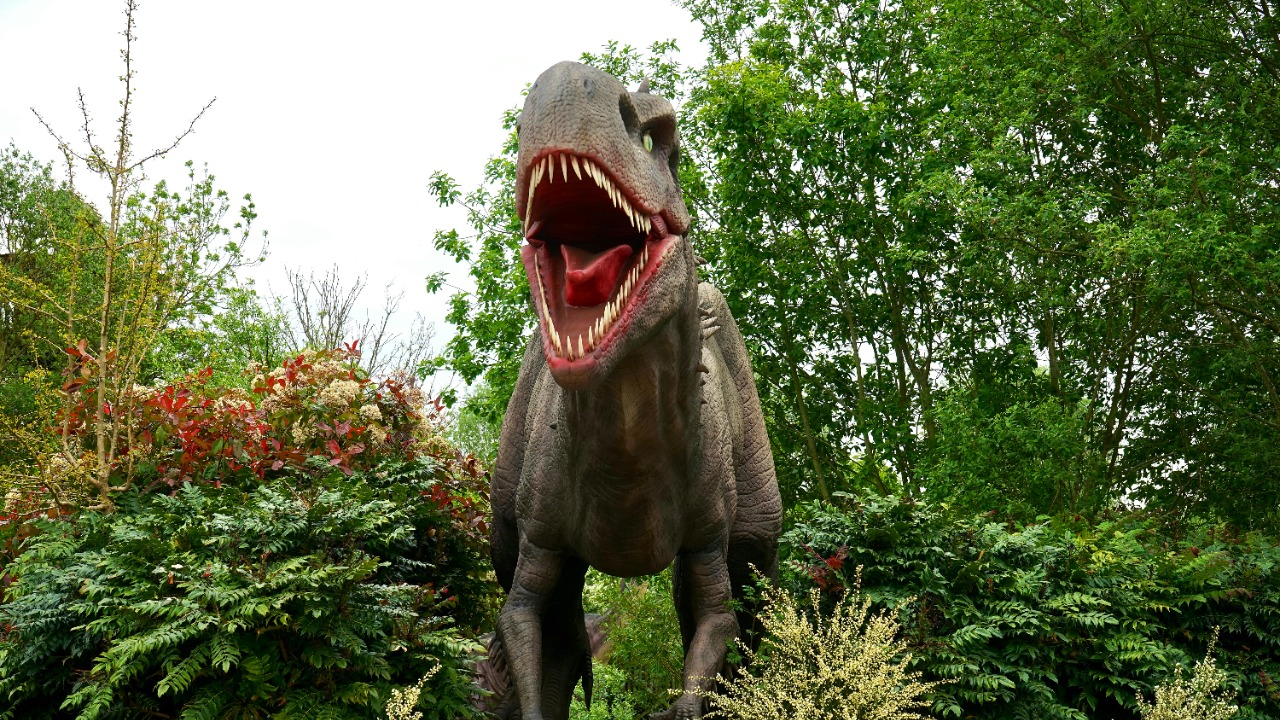
Scientists have recently delivered a definitive verdict on the possibility of cloning dinosaurs, as depicted in the iconic film Jurassic Park. Despite the advancements in genetic engineering, the dream of resurrecting these prehistoric creatures remains firmly in the realm of fiction, primarily due to the degradation of ancient DNA.
The Myth of Dinosaur Cloning in Jurassic Park
The 1993 film Jurassic Park popularized the idea of dinosaur cloning by presenting a simplified version of genetics. The plot hinged on scientists extracting dinosaur DNA from mosquito fossils preserved in amber and filling in the gaps with frog DNA. This narrative, while captivating, glossed over the fundamental biological barriers such as the half-life of DNA. The film’s famous line, “Life finds a way,” delivered by Dr. Ian Malcolm, captured the public’s imagination but failed to address these scientific realities. For over 30 years, Jurassic Park’s portrayal has misled public understanding of dinosaur genetics.
Why Ancient DNA Is Unobtainable
Scientific consensus holds that dinosaur DNA degrades over time. The oldest viable DNA recovered to date is only about 1.2 million years old, a far cry from the 66 million years that have passed since non-avian dinosaurs went extinct. Amber-preserved insects, the source of dinosaur DNA in Jurassic Park, rarely contain intact blood or viable genetic material from dinosaurs. Even under ideal conditions, the chemical instability of DNA in fossils leads to it breaking down into fragments too small for reconstruction after millions of years, as detailed in a 2023 overview of cloning challenges.
Current Limits of Genetic Engineering
Modern genetic engineering tools like CRISPR allow precise gene editing in living species. However, these tools cannot create dinosaurs from scratch without a complete genome template. A 2022 examination explored the possibility of engineering dinosaur-like traits into modern birds, descendants of theropods, but this approach falls short of true cloning. The inability to synthesize an entire extinct genome, among other ethical and technical hurdles, reinforces the impossibility of dinosaur cloning, as stated in the 2025 report.
Alternative Paths to “Reviving” Dinosaurs
De-extinction efforts, such as those for mammoths, involve inserting ancient genes into elephant surrogates. Similar bird-based approaches for dinosaurs are theoretically intriguing but impractical. Some genetic research proposes reverse-engineering bird embryos to express dormant dinosaur traits, such as teeth or tails, as a conceptual workaround. However, none of these methods can produce a living, breathing dinosaur from fossil DNA alone, further distancing the reality from the vision presented in Jurassic Park.
Debunking Jurassic Park’s Scientific Inaccuracies
Beyond genetics, Jurassic Park’s depiction of dinosaur behaviors and appearances was also inaccurate. For instance, dinosaurs likely never sounded like the movie’s depictions, as they lacked vocal structures like syrinxes found in birds, according to a 2025 report. The film’s portrayal of rapid dinosaur growth rates contradicts the slow maturation observed in real reptiles and birds. Broader misconceptions, such as park containment failures, have also been questioned in terms of real-world feasibility beyond genetics.
Expert Consensus on Feasibility
In the 2025 report, scientists unanimously state that cloning dinosaurs like in Jurassic Park is not possible with current or foreseeable technology. The extraction and assembly of dinosaur genomes remain insurmountable barriers, as highlighted in a 2023 resource. While research optimism persists for related fields like paleogenomics, no breakthroughs have altered the core impossibility of dinosaur cloning.
More from MorningOverview